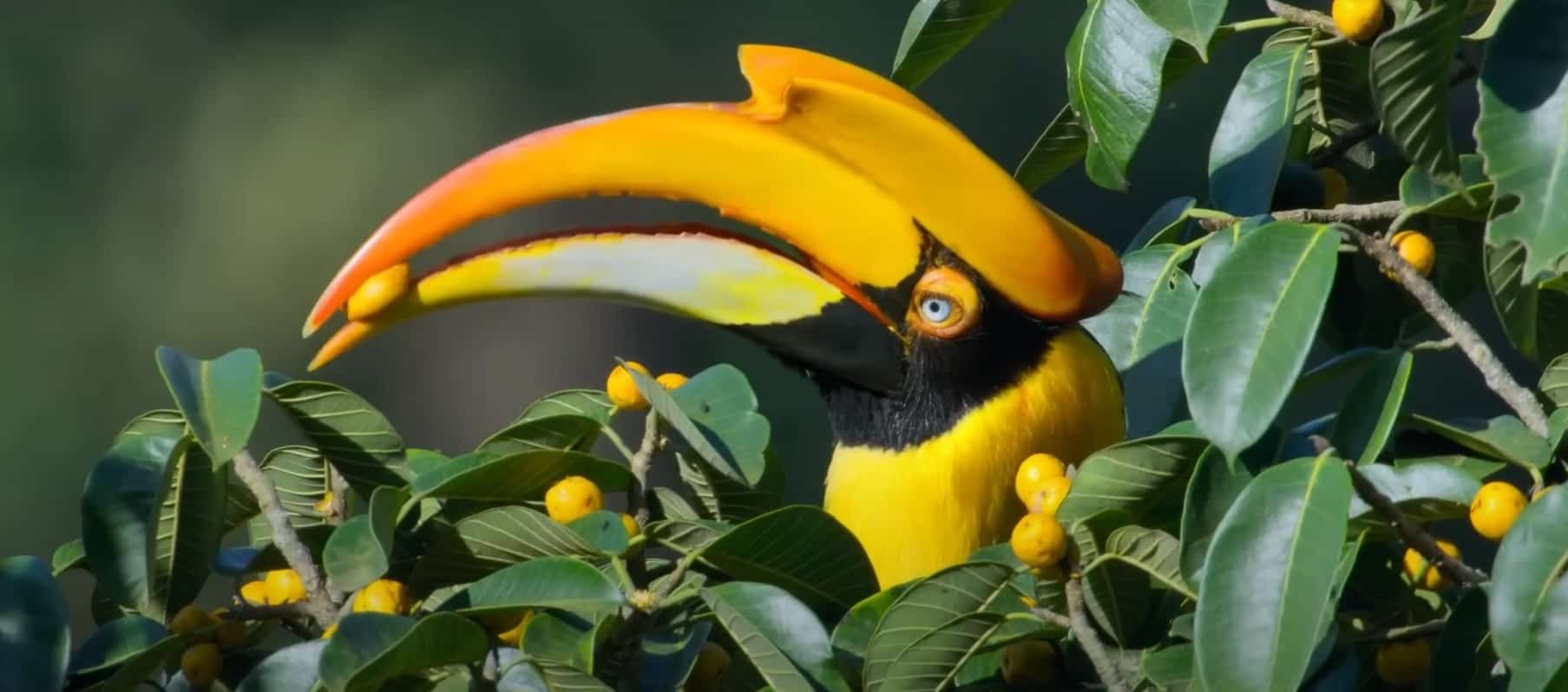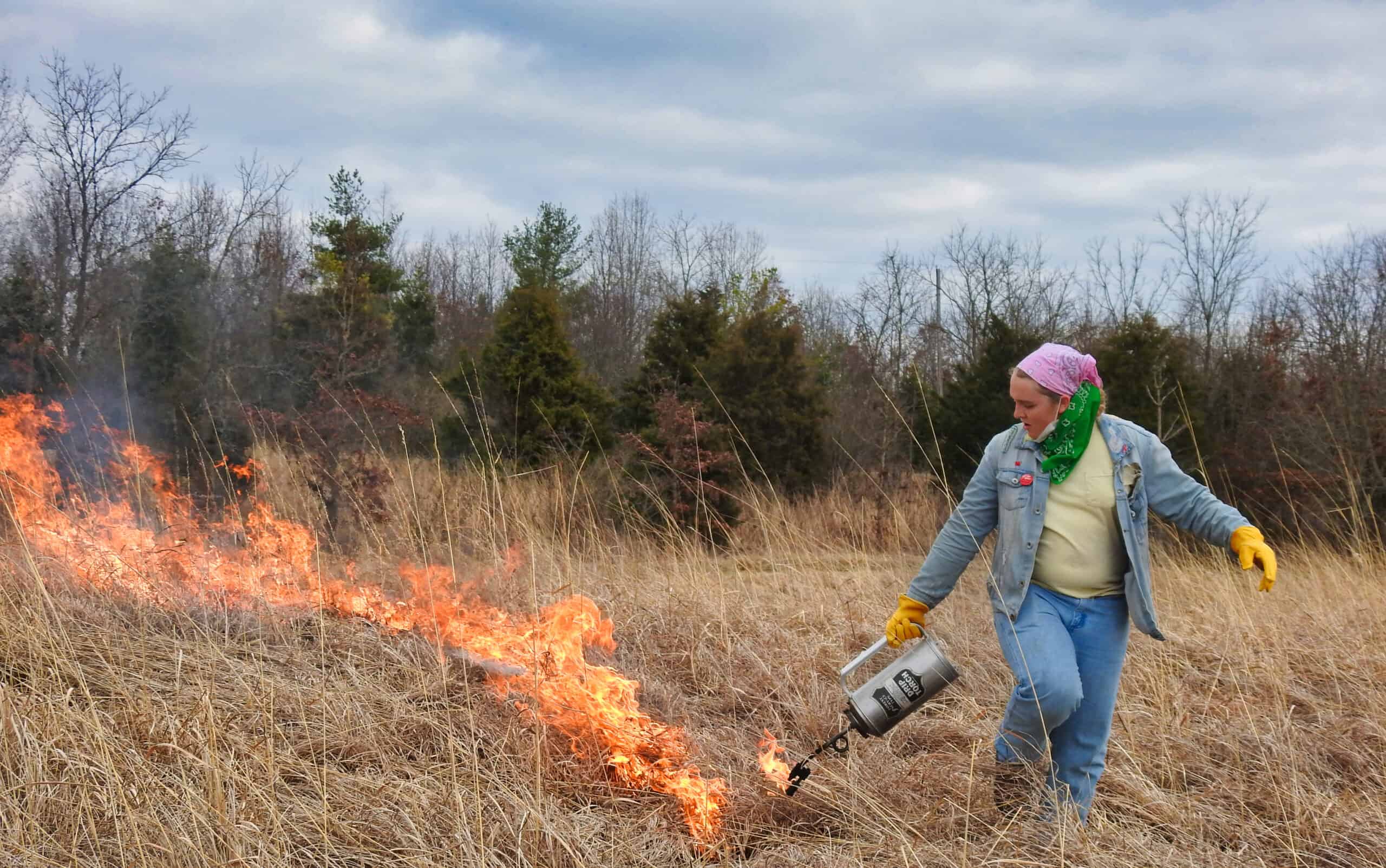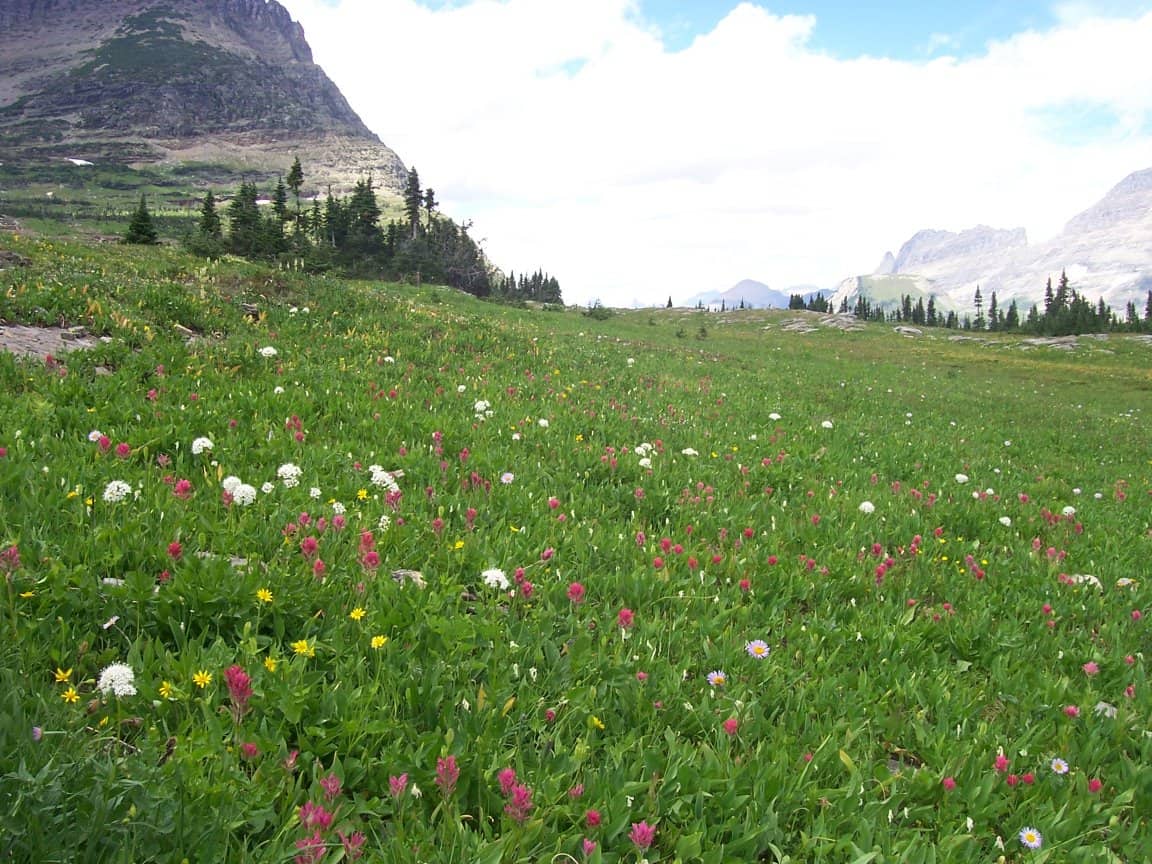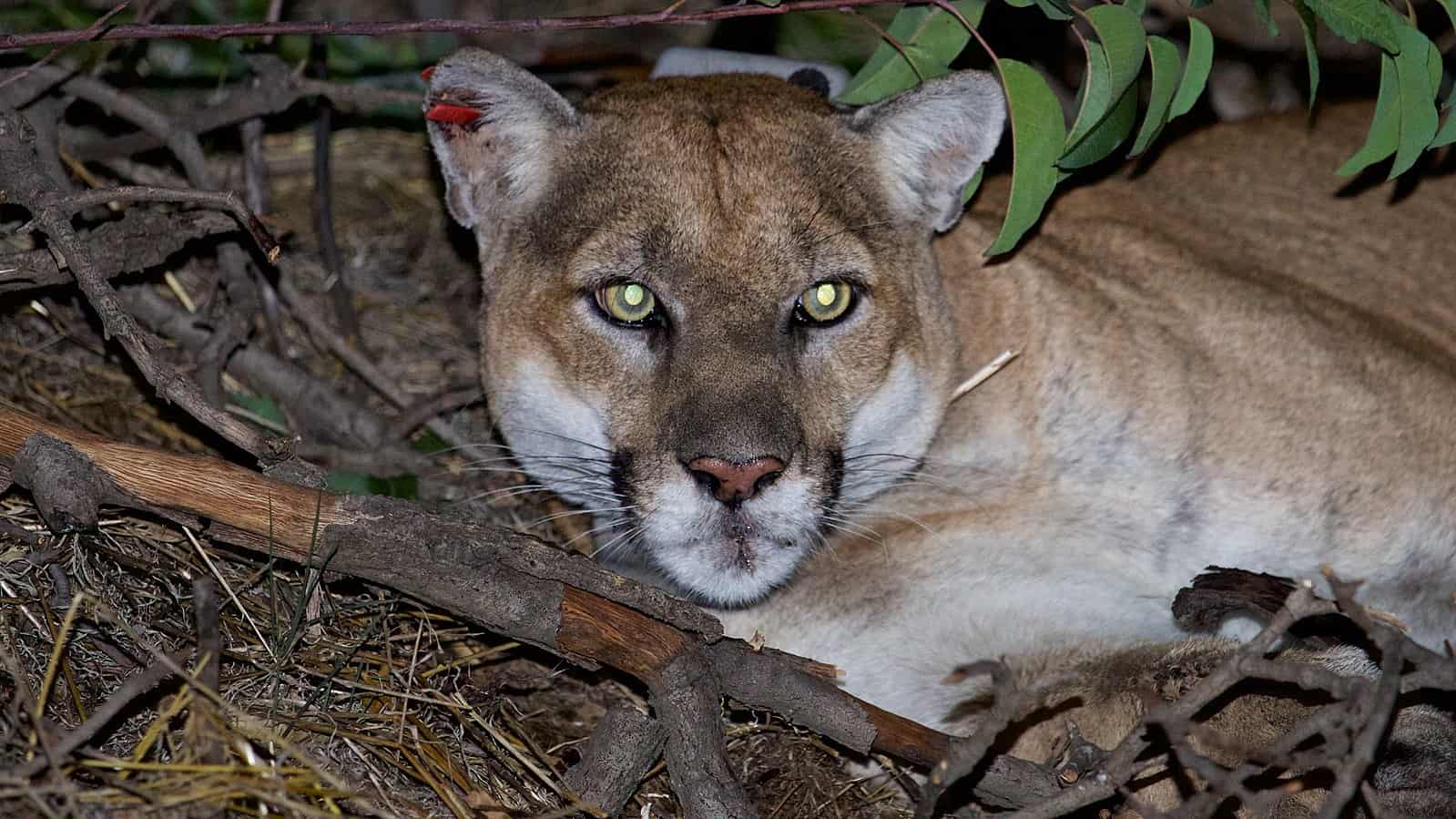Share this article
Q&A: Wildlife documentaries show bias toward charismatic species
But the educational messages on conservation they portray are improving
The inventions of high-definition cameras, drones and underwater technology that help us see the world in new ways have spawned a kind of golden age in wildlife documentaries. But how well do these documentaries represent the complex natural ecology of our world? Are they biased toward big, charismatic animals? How well do they communicate the conservation threats many species face from climate change, habitat loss, invasive species and various types of pollution?
Kate Howlett, a PhD student in insect ecology at the University Museum of Zoology at the University of Cambridge, and her colleagues set out to examine the way that wildlife documentaries portray conservation and ecology. In a study published recently in People and Nature, they watched random five-minute segments from 105 nature documentaries from 1918 to now.
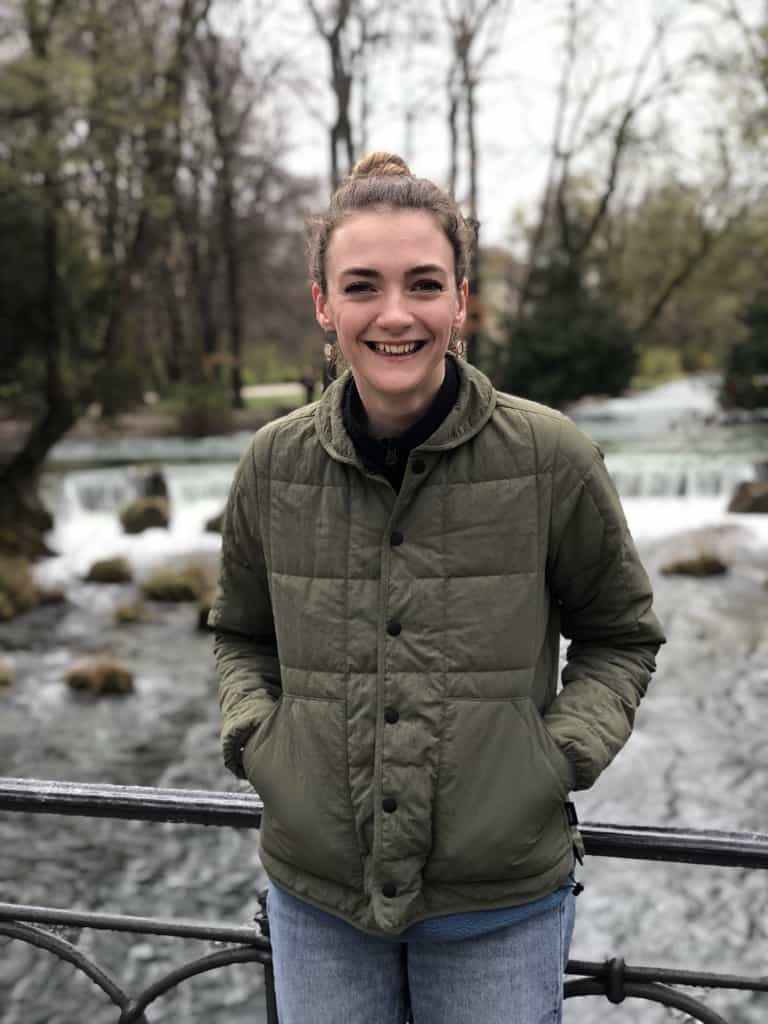
In these segments, the researchers recorded every mention or depiction of an organism or ecosystem. They also recorded any mention of conservation or human impacts. Compiling their data, they got a better picture of how documentaries portrayed Earth’s ecosystems.
For our latest Q&A, The Wildlife Society connected with Howlett to discuss her findings on the ecological value provided by wildlife documentaries—how it has changed and how they might improve moving forward.
Why did you decide to study wildlife documentaries?
Nature documentaries now make a big splash. Whenever there’s a new series announced—certainly David Attenborough documentaries—in the U.K., it’s often on BBC primetime TV. Recently, Netflix is moving into that game with the series Our Planet.
Everyone talks about these types of primetime documentaries when they come out, but we don’t know much about the actual content of the information within them. How accurately are they portraying the natural world? What images are we giving to people about the natural world?
There are obviously editorial decisions to be made, but no one has quantified the balance of the animal species portrayed, and that could leave the public with a very skewed perception. It could also have ramifications for the species that people see as at risk, and therefore the species that people think are worth saving or important.
What did your study reveal about documentaries?
Over 80% of all mentions of organisms across the documentaries were of vertebrate species, but only about 18% were of invertebrates. There was a huge skew toward vertebrate species that are large, similar to us, and usually quite esthetically pleasing—colorful, large and with forward-facing eyes.
In just over 40% of all the vertebrates mentioned, individual species were discussed, which suggests that there is a lot more actual detailed specific information about those species being portrayed. Specific species were mentioned in only 7.5% of the inverts. This isn’t surprising, but it makes this point that we need to be talking a lot more about the importance of inverts. People aren’t being educated about them. That can only lead to a vicious cycle of people being less familiar, more fearful, less interested and less engaged. Invertebrates could fall off the priority list of things to conserve, which would be very bad for ecosystems worldwide.
Overall, 16% of the documentaries mentioned conservation, but that rose to over 50% of the documentaries within the current decade. Now, there is much more of a conservation focus and messaging.
Before the 1970s there wasn’t any mention of the anthropogenic impacts. Now, they are commonly mentioned. One of the topics that has really taken off is human-wildlife conflict. There’s a lot more focus on urban wildlife within cities in documentaries as humans encroach more and more on wildlife territories.
What do you think are some of the best wildlife documentaries and why?
A recent series on BBC named The Green Planet with David Attenborough focused on plant life. It was too recent to be included in this paper, so I haven’t quantifiably analyzed it. But it definitely seemed to have a more ecosystem-focused viewpoint rather than a character-focused storyline, which happens more when you look at large vertebrates like elephants and tigers (Panthera tigris). They included a lot on interesting invertebrate life that depends on specific host plants for various lifecycle stages. I think they did a really good job of talking about ecosystems as complex systems, with multiple cogs and wheels that all turn to make it function as a whole, rather than a species-centric view, which a lot of documentaries take.
That’s not necessarily saying that it’s wrong to focus just on charismatic species. On the other end of the scale, you have BBC’s Dynasties, in which each episode focuses on a different species— chimpanzees (Pan troglodytes), tigers, lions (P. leo), penguins and painted wolves (Lycaon pictus)—almost a soap opera-style narrative about the characters within those groups. That gets an audience, and people love it. People love to look at animals and emotionally connect with them. I don’t think we can emotionally connect with leafcutter ants in the same way. I don’t think all wildlife documentaries should be the same, but I guess we need a diversity of wildlife documentaries that better reflect the diversity of systems.
How do you rate BBC Planet Earth?
These large system shows are a vast improvement on previous older documentaries. Julia Jones at Bangor University in Wales has a great paper out looking at those big BBC David Attenborough documentaries like Planet Earth and Blue Planet. She studied how they talk about conservation and compared them with Our Planet. They found that conservation was featured in every single episode of Our Planet. In the BBC series, they would keep all the conservation references for a final episode, or they would put it in a 10-minute slot at the end about how they filmed it. But the majority of the episodes were about presenting these really big, pristine natural habitats that risked leaving people with this impression that a lot of nature is untouched and fine. But if they turned the camera around, viewers would actually see that it’s quite a small pocket of isolated forest. I think there have definitely been improvements in the past two to three years. Those documentary series have played a really key role in getting people hooked on the genre as well because they are just so cinematically beautiful. I think their role is still important. It’s just about how we go forward from here positively.
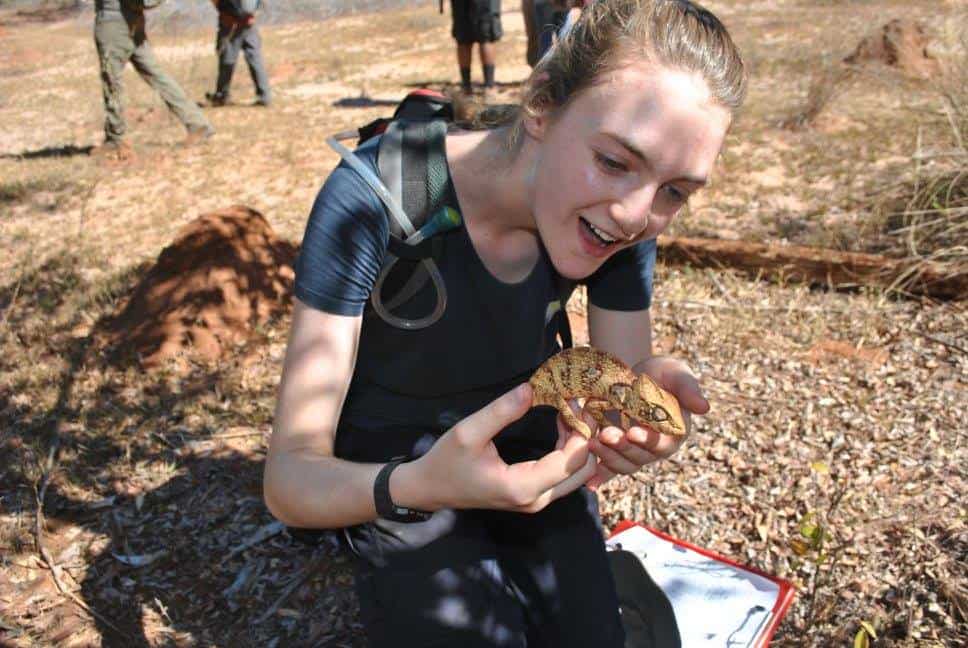
What role should a good wildlife documentary play? They should plug the gap in people’s knowledge of ecology as a science, as opposed to just natural history and identifying species. I think that is what we’re lacking generally across the western developed world. More people live in urban environments and don’t experience nature on a daily basis, which means that children aren’t being introduced to it in the same way as before. They don’t understand how plant and animal species all play a role in this very finely tuned system that underpins our whole economic and social system. We still think about nature as separate from humans—this pristine nature that exists outside of our cities. Wildlife documentary makers go out, film nice footage of it, and bring it back for us to see. We need to lean more into the idea that we are all part of the nature we depend on. It’s complex and fragile, and we’re tinkering with a lot of the cogs before we know what roles they play.
Header Image: Researchers examined a number of documentaries including Netflix’s Our Planet. Credit: Netflix



